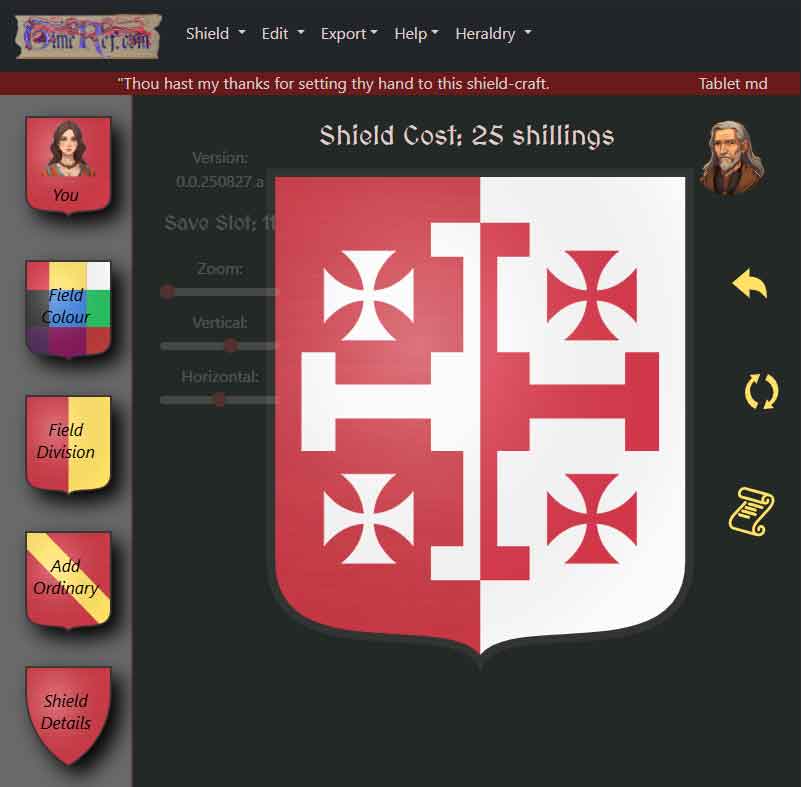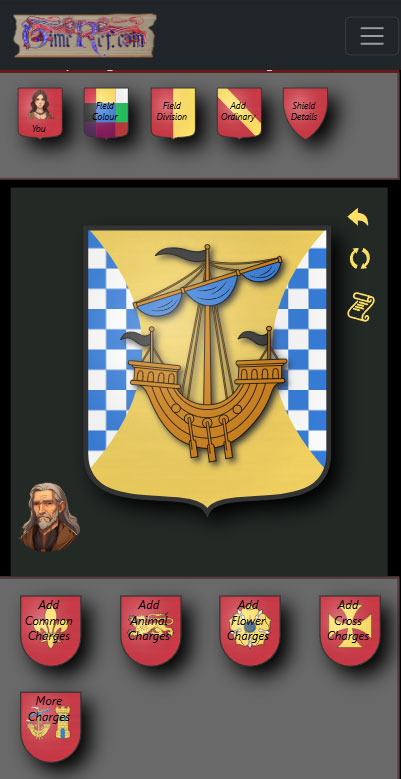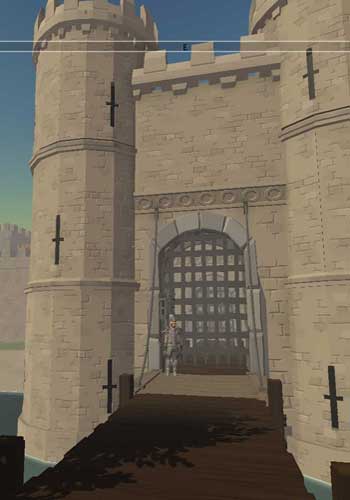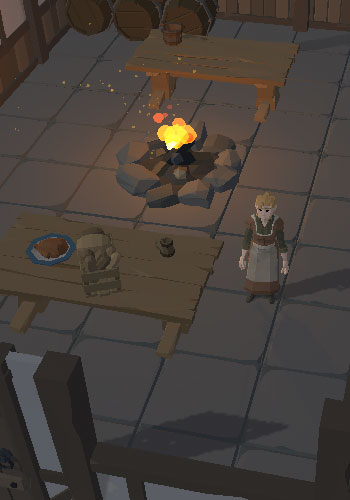 ristol Cathedral was not raised to the status of a cathedral until 1542 by King Henry VIII but a building of size and importance has stood on the site since medieval times and possibly before. In around 1140 a monastery run by Augustinian canons was founded by Robert Fitzharding. Fitzharding supported King Henry II and was the founder of the Berkeley family and castle. The consecration of the of the Augustinian Abbey took place on Easter Day, 1148. Only the eastern section of the building has survived from medieval times. Unusually, the Augustinian builders chose to build the church with aisles as high as the centre, a style found more commonly in Germany where the style is called Hallenkirche or hall-church. The existing chapter-house dates back to 1150 and is an excellent example of Romanesque architecture. The Elder Lady Chapel was constructed in around 1220 and has many exquisite features. When King Henry VIII dissolved the monasteries in around 1538, the nave at Bristol was being rebuilt. Work stopped and the church could have been destroyed like so many across the country but was saved by the citizens of the town. It remained in its unfinished state until the middle of the last century when the architect George Edmund Street began rebuilding the nave that had fallen into a state of decay.
ristol Cathedral was not raised to the status of a cathedral until 1542 by King Henry VIII but a building of size and importance has stood on the site since medieval times and possibly before. In around 1140 a monastery run by Augustinian canons was founded by Robert Fitzharding. Fitzharding supported King Henry II and was the founder of the Berkeley family and castle. The consecration of the of the Augustinian Abbey took place on Easter Day, 1148. Only the eastern section of the building has survived from medieval times. Unusually, the Augustinian builders chose to build the church with aisles as high as the centre, a style found more commonly in Germany where the style is called Hallenkirche or hall-church. The existing chapter-house dates back to 1150 and is an excellent example of Romanesque architecture. The Elder Lady Chapel was constructed in around 1220 and has many exquisite features. When King Henry VIII dissolved the monasteries in around 1538, the nave at Bristol was being rebuilt. Work stopped and the church could have been destroyed like so many across the country but was saved by the citizens of the town. It remained in its unfinished state until the middle of the last century when the architect George Edmund Street began rebuilding the nave that had fallen into a state of decay.| County | Categories | ||
| Remains | Excellent remains | Access | Only open at certain times |
| Location | 51.4517,-2.6001 (Google Maps) ///sleeps.scans.having | Directions | Directions via Google Maps |
| County |
| Categories |
| Remains |
Excellent remains |
| Access |
Only open at certain times |
| Location |
| 51.4517,-2.6001 ///sleeps.scans.having |
| Directions |
| Directions via Google Maps |
 ristol Cathedral was not raised to the status of a cathedral until 1542 by King Henry VIII but a building of size and importance has stood on the site since medieval times and possibly before. In around 1140 a monastery run by Augustinian canons was founded by Robert Fitzharding. Fitzharding supported King Henry II and was the founder of the Berkeley family and castle. The consecration of the of the Augustinian Abbey took place on Easter Day, 1148. Only the eastern section of the building has survived from medieval times. Unusually, the Augustinian builders chose to build the church with aisles as high as the centre, a style found more commonly in Germany where the style is called Hallenkirche or hall-church. The existing chapter-house dates back to 1150 and is an excellent example of Romanesque architecture. The Elder Lady Chapel was constructed in around 1220 and has many exquisite features. When King Henry VIII dissolved the monasteries in around 1538, the nave at Bristol was being rebuilt. Work stopped and the church could have been destroyed like so many across the country but was saved by the citizens of the town. It remained in its unfinished state until the middle of the last century when the architect George Edmund Street began rebuilding the nave that had fallen into a state of decay.
ristol Cathedral was not raised to the status of a cathedral until 1542 by King Henry VIII but a building of size and importance has stood on the site since medieval times and possibly before. In around 1140 a monastery run by Augustinian canons was founded by Robert Fitzharding. Fitzharding supported King Henry II and was the founder of the Berkeley family and castle. The consecration of the of the Augustinian Abbey took place on Easter Day, 1148. Only the eastern section of the building has survived from medieval times. Unusually, the Augustinian builders chose to build the church with aisles as high as the centre, a style found more commonly in Germany where the style is called Hallenkirche or hall-church. The existing chapter-house dates back to 1150 and is an excellent example of Romanesque architecture. The Elder Lady Chapel was constructed in around 1220 and has many exquisite features. When King Henry VIII dissolved the monasteries in around 1538, the nave at Bristol was being rebuilt. Work stopped and the church could have been destroyed like so many across the country but was saved by the citizens of the town. It remained in its unfinished state until the middle of the last century when the architect George Edmund Street began rebuilding the nave that had fallen into a state of decay.Location
See Also
Related Information
Related Maps
Location Map (click to explore)
Dimensions of main church
| Dimensions: General | Feet | Inches |
| Total Length | 300 | 0 |
| Length of nave | 125 | 0 |
| Height of nave | 52 | 0 |
| Width of nave | 69 | 0 |
| Transept width | 110 | 0 |
| Height of tower | 133 | 0 |
| Area | 22500 sq.feet | |
Timeline
1140
...
Foundation of Augustinian canons at Bristol
Robert Fitzharding founded a monastery of Augustinian canons in Bristol.
1148
...
Consecration at Bristol
The Augustinian Abbey at Bristol founded by Robert Fitzharding was consecrated on Easter day in the presence of the Bishops of Worcester, Exeter, St. Asaph and Llandaff.
1154
(to 1164)
Chapter House at Bristol
Building of the Chapter House at Bristol started in 1154 and continued until 1164. [1]
1220
...
Elder Lady Chapel at Bristol
Construction of the Elder Lady Chapel commenced in 1220 and took around ten years to complete.
1306
(to 1332)
Lady Chapel at Bristol Abbey
The construction of the Lady Chapel at Bristol Abbey took place. [2]
1466
...
Central tower at Bristol
The central tower was under contruction in around 1466 taking possibly five years to complete. [1]
1542
...
Bristol Cathedral
Bristol was one of the dioceses created by King Henry VIII at this time. Previous to this, it was an Augustinian monastery founded in around 1140. [3]


3D Virtual Reconstructions
Transport yourself back up to a thousand years and explore historical buildings as they may have appeared in the past. Built using the popular game development tool Unity 3D, these reconstructions will run in the most of the popular web browsers on your desktop or laptop computer.
Page Navigation
Selection of references used:
- 1: John Harvey, English Cathedrals, 1961, Batsford (1961)
- 2: John H Harvey, Henry Yevele, LIfe of an English Architect
- 3: Richard John King, Handbook to the Cathedrals of England, 1864, John Murrey, Ablemarle Street, London (1864)
Location
See Also
Related Information
Related Maps
Explore the White Tower
Explore all four floors of the White Tower at the Tower of London using the Unity 3d game engine.
A Medieval Mystery
There appear to be some strange connections between the fourteenth century Old Wardour Castle and ancient stone circle Stonehenge.

1: Location
Old Wardour Castle appears to be aligned to ancient sites in the Stonehenge landscape.
2: Alignment
Stonehenge is aligned to the Summer Solstice. Old Wardour has a very similar alignment.
3: Size
Could the builders of Old Wardour used mesaurements from Stonehenge to layout the geometrical keep?
Learn More















